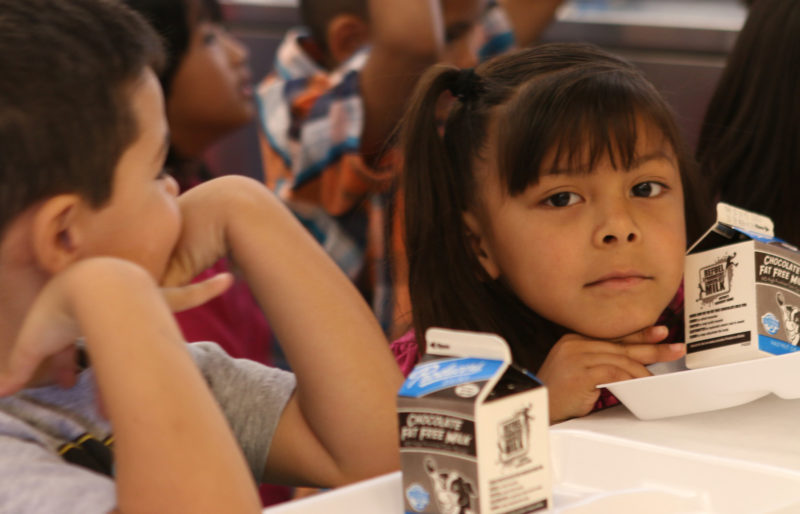
Share On Social!
New reports on healthy foods in school meals show that there still remains issues for underserved children of color.
The Centers for Disease Control and Prevention state that many children consume most of their daily calories- a third to a half- at school, making school one of the most important food environments that impact a child’s future health.
A recent report from the CDC looking at schools across the U.S. from 2006-07 to 2013-14, shows that more schools in the West have the availability of salad bars in their schools than all other regions and most schools serving socio-economically disadvantaged students were less likely to have salad bars.
Also revealed in the report, were that many majority-Latino schools were less likely to offer fresh fruit in school meals.
Latino students often have higher risks for diabetes and other diet-related diseases. Helping change school food environments or school nutrition policies to set rules on healthier food options may help reduce students rising risks of diabetes, heart disease, and obesity.
Some schools have taken steps to improve healthy food and beverage options by offering free water fountains, changing school vending, promoting healthy taste tests, or starting gardens to help give fresh produce to their schools.
Some schools have even empowered students to take charge of creating healthier food changes into their schools!
Learn how you can help get involved in changing school food for the betterment of Latino kids now!
Copy & Share on Twitter: Disparities Still Exist in Latino Students School Meals #SaludAmerica salud.to/29zxovH
By The Numbers
84
percent
of Latino parents support public funding for afterschool programs



